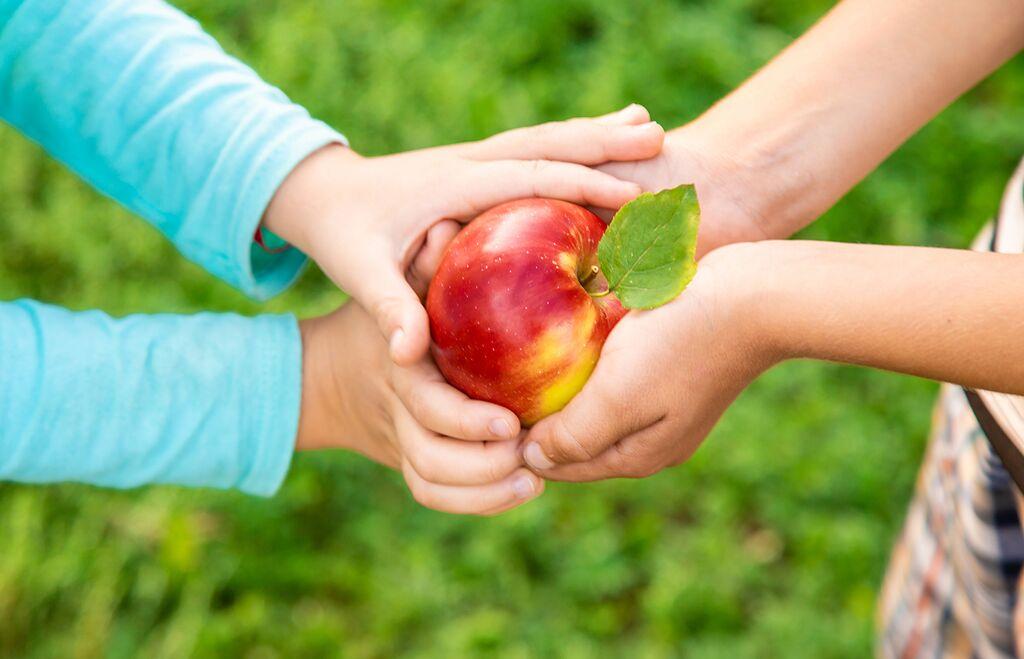
Sharing is Caring! How do you Teach your child to share?
“I want, I want, I want” are familiar words from an early age. How do you begin to turn off the ‘Í want button’ and introduce an attitude of sharing and caring?
How do young children learn how to share with others?
Here are the top ten suggestions to encourage sharing:
10 WAYS TO TEACH SHARING TO TODDLERS AND PRESCHOOLERS.
1. Share with your child.
Be a good role model. Children learn from the examples they see. Share some of your favourite treats with your child and make a point of saying what you are doing so they associate the words with the action.
2. Initiate social situations.
Organise outings where some interaction with others will be part of the day. Visit a playground or take part in a children’s museum adventure. Encourage your child to share sandbox toys with others, and take turns on the swings and outdoor equipment. Encourage your child to work in a group and
to do a science experiment or art project with other children.
3. Teach your child to take turns.
Start with a quick back-and-forth activity. Little games like rolling or tossing a ball back and forth teach your child how taking turns works. While you are playing the game, say - “your turn” and “my turn” whenever each of you has the ball.
Board and card games are great for learning to take turns, too.
4. Read Stories about Sharing.
There are some delightful books available about sharing.
Look for titles like:
‘Should I Share my Ice cream?’ by Mo Willems.
‘Norris the Bear who Shared.’ by Catherine Rayner.
‘I can Share,’ a lift the flap book by Karen Kaye.
Read the story and talk about the characters and how they shared and cared for others.
5. Sharing food.
Sharing portions of food like pizza is a great way to teach children how to give everyone a fair share. Let your child share out fruit slices or biscuits at teatime. Sharing food makes the action a real experience.
Not only will this help reinforce sharing, but it’s also a great math activity, too.
6. Keep in time and make music.
Tap out a tune on the xylophone and encourage your child to take a turn with the drum or the tambourine. Make your own maracas with some dried beans in a plastic bottle. Add in a drum beat and soon, you will have a big band sound going together.
7. Build something and tidy up together.
Share some blocks with each other and take turns to build a tower. Make and break up a puzzle together. When it’s time to put everything away, take turns putting toys back into the toy basket and share the task of tidying up.
8. Allocate “off limits” and “fair game” toys.
Your child may have a special toy or teddy that is their personal favourite. While you are still getting them to understand the concept of sharing, it might be easier to put this particular toy away before you have visitors.
Be sure to work with your child ahead of time to designate things that will be fair game and give choices — “Would you rather share your teddy bear or your stuffed dog?”
Remember there must be some sharing and help your child to understand sharing does not mean the other child will take the toy away. They, too, are sharing the toys.
9. Let them figure it out.
You do not have to resolve every difference your child may have with another over-sharing. Stand back and let your child try to solve their own differences. Listen for negotiation, and if it’s time to add your two cents, try to guide their conversation by encouraging them to work together or take turns.
10. Point out the positives.
Positive affirmation is always a plus factor. Look for situations where you can add a positive comment about your child’s willingness to share. Say things like, “You shared your toy — look how happy you made your friend” and “Thank you for letting me use your crayons…they helped me make this
pretty picture.”
Learning to share is a life skill that will encourage empathy and kindness toward others. These learned behaviours take time to perfect. A patient and caring attitude from parents is a good starting block. Persevere with building this skill and you will reap the benefits as you see how caring your child is of others.